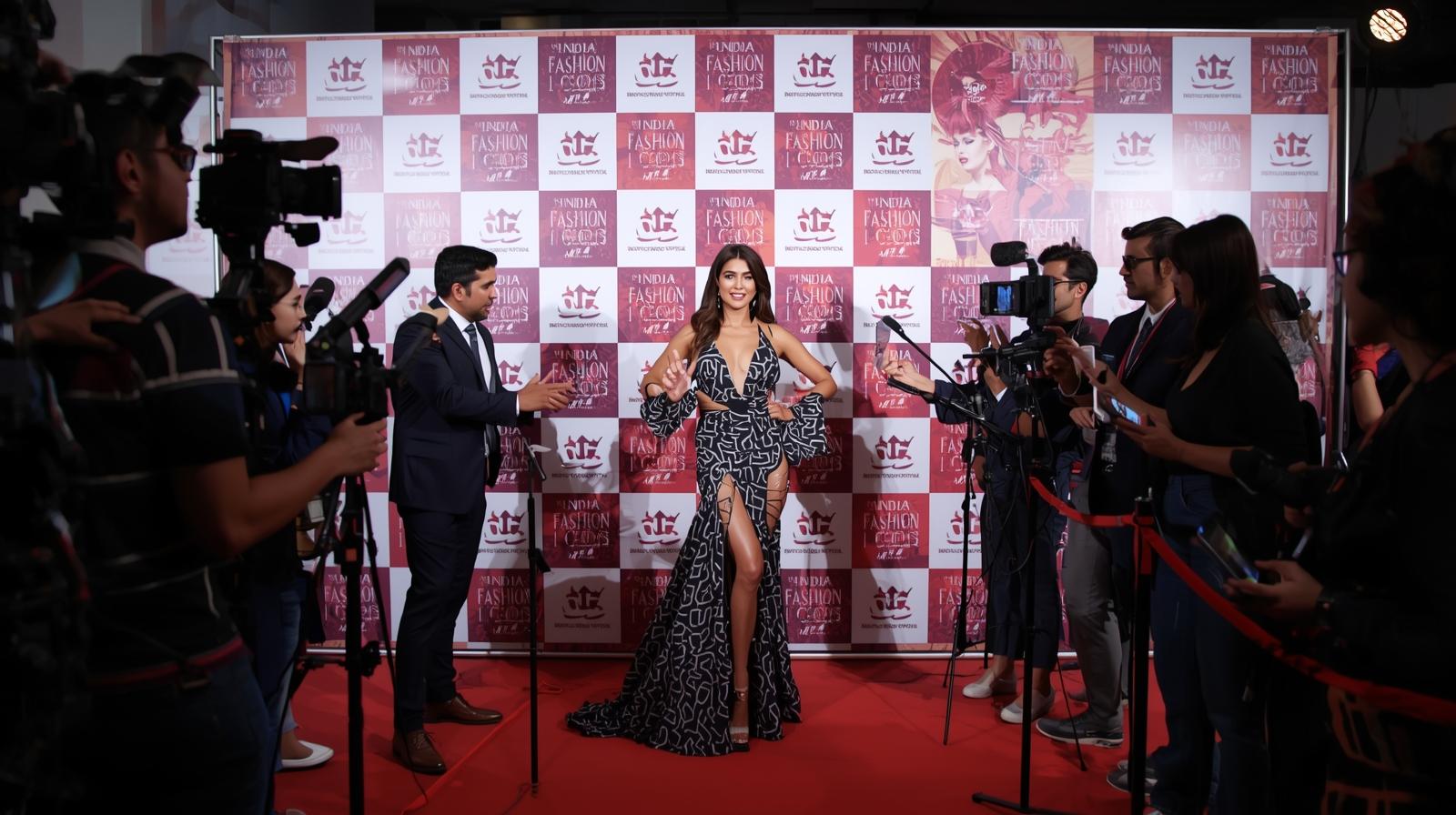A quiet yet powerful fashion revolution is sweeping across India—and it comes unstitched. The humble draped garment, known as the mundu in Kerala, veshti in Tamil Nadu, and dhoti in Bengal and other regions, is making a dramatic comeback. Once seen only in traditional or ritual contexts, these garments are now redefining modern Indian fashion with their comfort, cultural depth, and timeless appeal.
This revival is not just about nostalgia. For many urban professionals, the mundu and veshti represent climate-friendly practicality while honoring heritage. Handcrafted weaves sourced from states like Kerala, Bengal, Odisha, and Tamil Nadu are finding their way into wardrobes that once favored only stitched, western silhouettes. The embrace of these garments is as much about identity as it is about style.
Industry experts and textile revivalists emphasize that this resurgence is long overdue. Draped clothing has always been central to India’s sartorial history, yet colonial influences and urban dressing trends relegated them to ceremonial wear. Today, the pendulum is swinging back, with designers and brands repositioning the mundu and veshti as symbols of minimalism, sustainability, and elegance.
Commercially, the shift began years ago with campaigns that reframed these garments as aspirational. Brands modernized perceptions by showcasing actors and influencers confidently wearing veshtis in boardrooms, weddings, and even high-fashion contexts. Practical innovations—like stitched waistbands, Velcro closures, and pockets—helped bridge tradition with convenience, making the attire more accessible to a younger generation.
Designers are also injecting creativity into these classics. In Kerala, some labels now release limited-edition mundus embroidered with cultural motifs like Malayalam script or Pongal-inspired Kolam patterns. These pieces resonate with both local buyers and diaspora communities across the world, especially during festive occasions like Onam or Vidyarambham.
What makes the mundu and veshti so compelling today is their ability to blend tradition with modern values. They are gender-fluid, versatile, and climate-smart—perfect for India’s hot, humid conditions. By reviving interest in handlooms, this unstitched revolution also supports artisan livelihoods, sustains indigenous weaving traditions, and pushes fashion toward a more eco-conscious path.
As contemporary wardrobes shift toward comfort and authenticity, the mundu, veshti, and dhoti are no longer just cultural attire. They are becoming bold fashion statements—wrapping the old in a new spirit, one fold at a time.

 info@indiafashionicon.com
info@indiafashionicon.com









